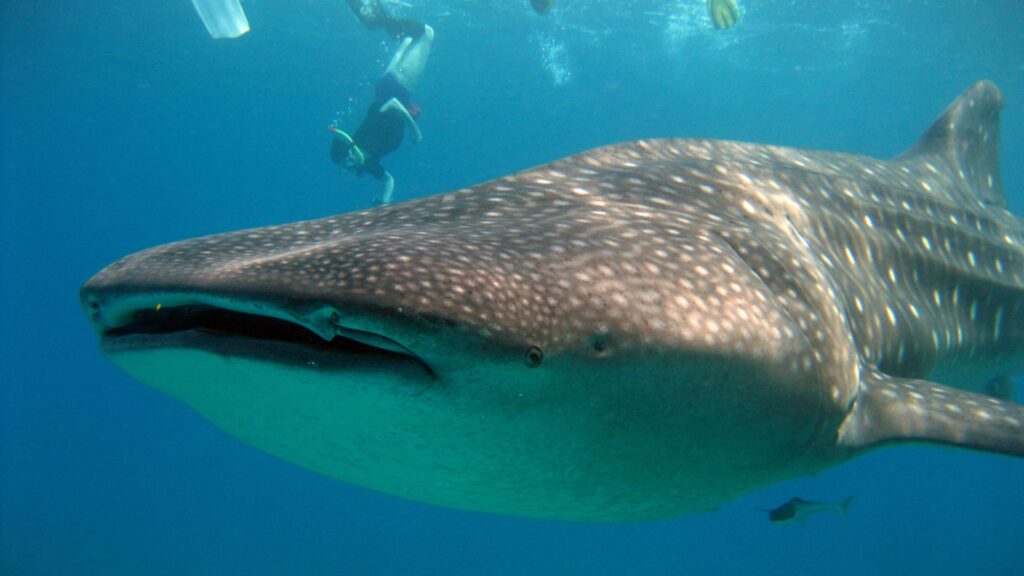
Some of the biggest and most interesting creatures are found in the ocean. Here is a list of the 12 largest fish on Earth, including information about where you can find them, and if you need to stay away from them or if it’s safe to approach.
1. Whale Shark (Rhincodon typus)
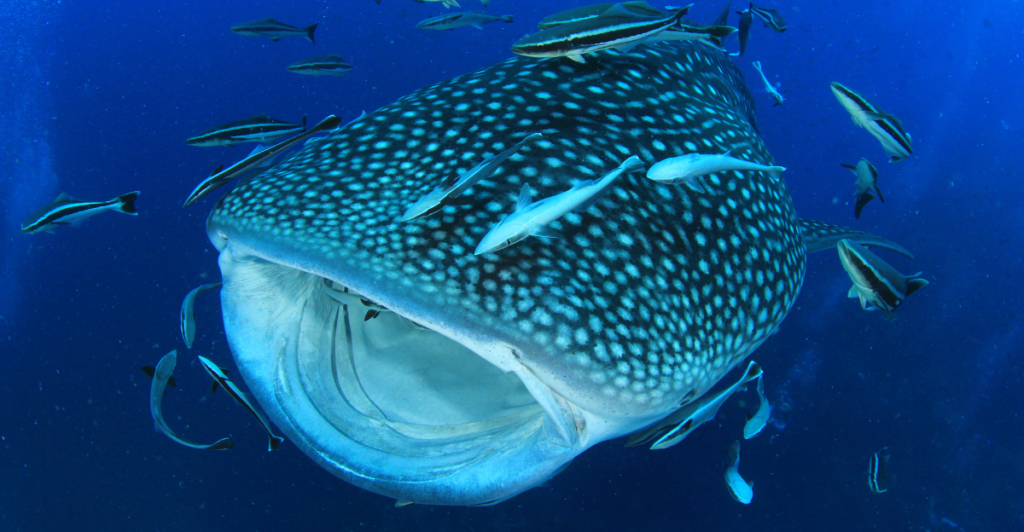
The largest fish in the world is the whale shark which can measure up to 40 feet long. Known for their huge mouths and distinctive spotted patterns, these are gentle giants that feed by filtering and live in warm tropical and sub-tropical oceans around the globe with some hotspots being Ningaloo Reef located in Australia, Maldives, and Philippines among others. Snorkeling or diving with these magnificent animals during their migration period is an experience that one will never forget.
2. Basking Shark (Cetorhinus maximus)
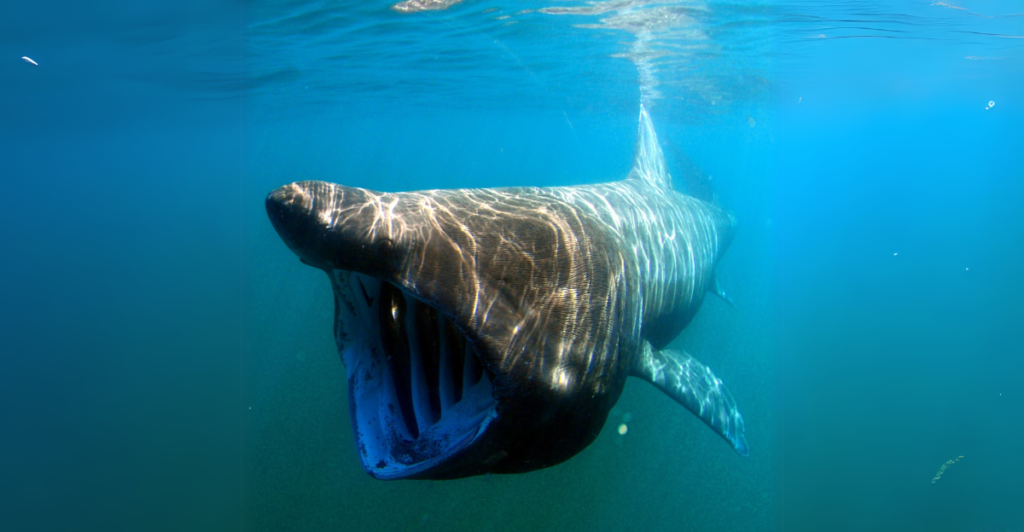
The basking shark, the second largest species of whale shark, can grow to a length of 33 feet. It is a filter feeder and drifts through water with its huge mouth open in search of food. They can be found in cooler waters such as regions around the coasts of Canada, New Zealand, and the United Kingdom among others. Spotting them can be done at best during the summertime when they move near the surface to feed on plankton blooms.
3. Great White Shark (Carcharodon carcharias)
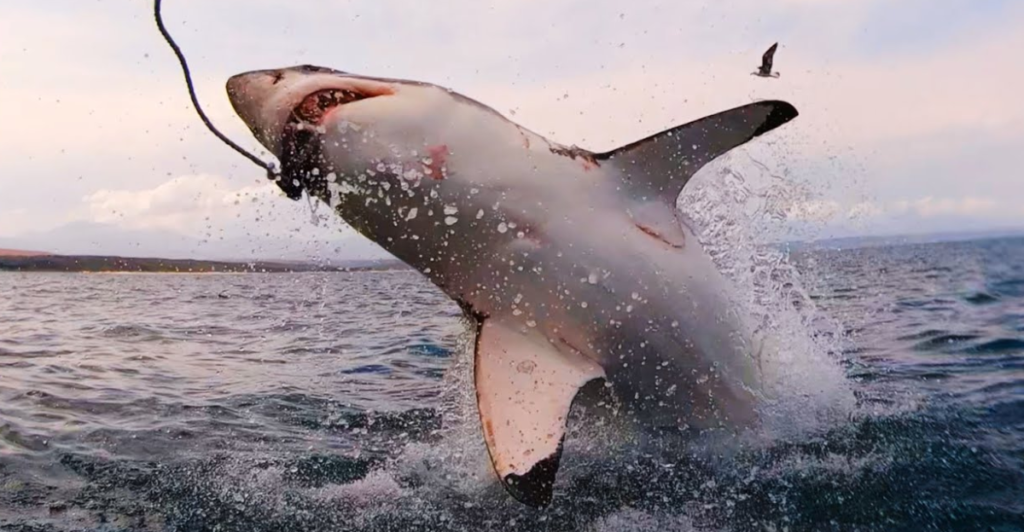
Growing over 20 feet long, the great white shark is one of the biggest and most feared sea predators. Its defining characteristics are the iconic dorsal fins as well as rows full of sharp teeth which are also common with other kinds of sharks. These sharks prefer temperate coastal waters throughout the world with some notable places to find them including Mexico’s Guadalupe Island, South Africa’s Shark Alley, or Australia’s waters. Cage diving with great whites is a popular yet adrenaline-packed activity.
4. Tiger Shark (Galeocerdo cuvier)
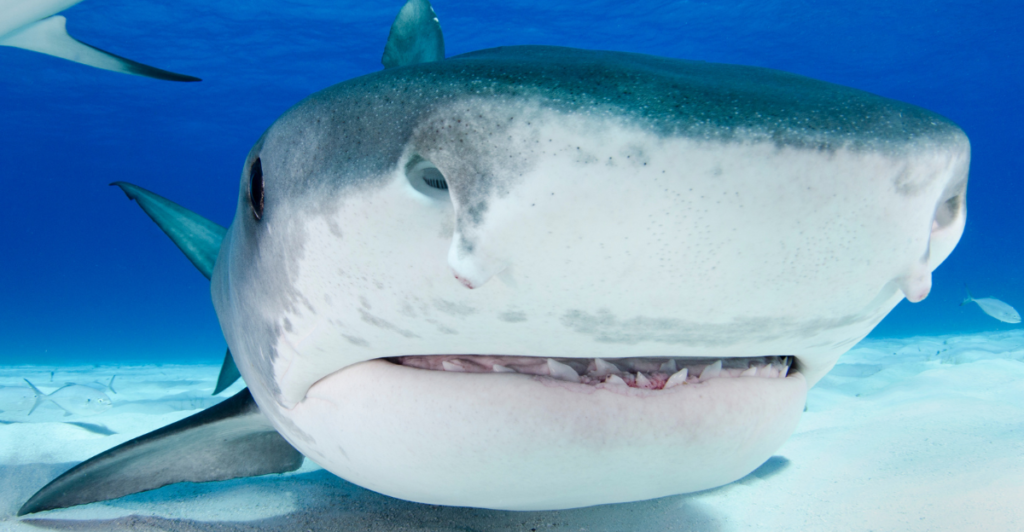
These hammerheads named after their body stripes grow up to 18 feet long and are found only in tropical and subtropical waters, especially around coral reefs. The Bahamas, Australia, and Hawaii are good places to see tiger sharks. These are known for their varied menu hence they can often be observed scavenging near shorelines. When you go diving with them, you will have an opportunity to observe their striking patterns closely.
5. Manta Ray (Mobula birostris)
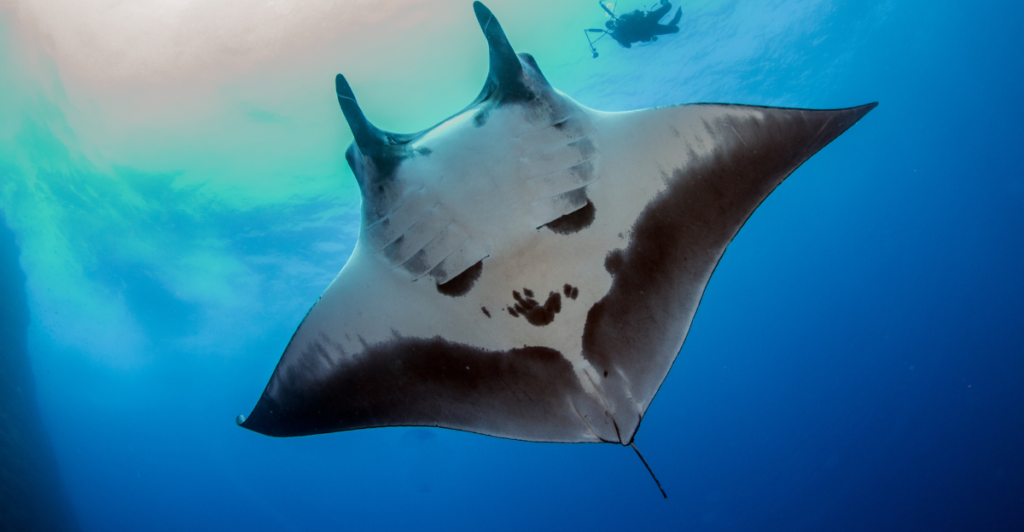
Manta rays on the other hand may not be considered fish in the real sense but cartilaginous fish since they do not have bones that fish possess. Some of these graceful creatures boast wingspans greater than 23 feet making them one of the largest animals that inhabit our oceans. They are widespread across warm waters globally, including hotspots like Indonesia’s Komodo National Park, Mexico’s Revillagigedo Islands, and Maldives where people visit specifically for this reason. People who scuba dive often encounter manta rays which are known for their curious nature, often interacting with snorkelers and divers.
6. Ocean Sunfish (Mola mola)
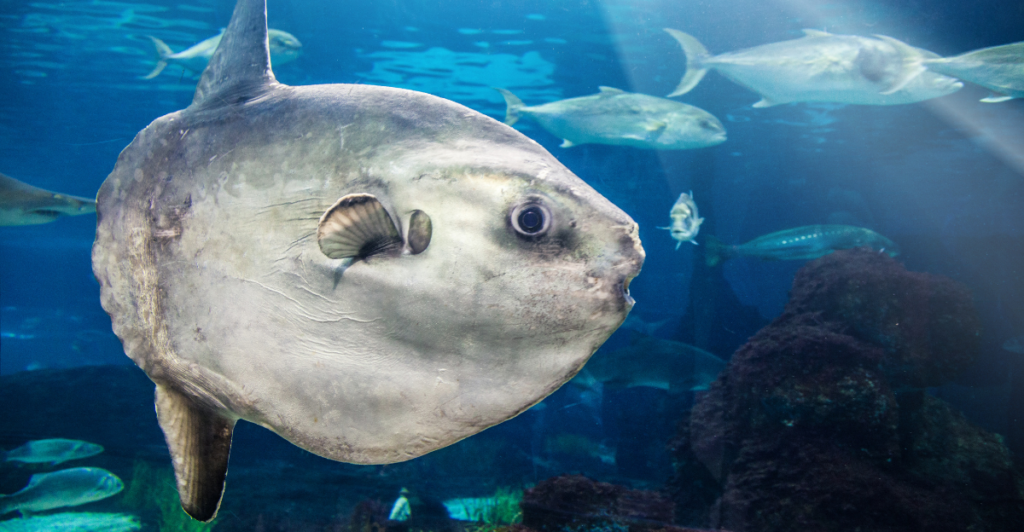
One particularly distinct-looking creature present in our oceans is the ocean sunfish, also known as mola mola. The fish weighs more than 2000 pounds and can grow up to ten feet in length. They are always found in temperate and tropical oceans and have flattened bodies that are disk-like in shape. Some favorite locations for seeing it include the Azores of Portugal, Bali, and California. Usually, they rest on surface water before plunging into deep waters to warm themselves. Divers love them because although they are huge, they pose no danger to humans at all.
7. Greenland Shark (Somniosus microcephalus)
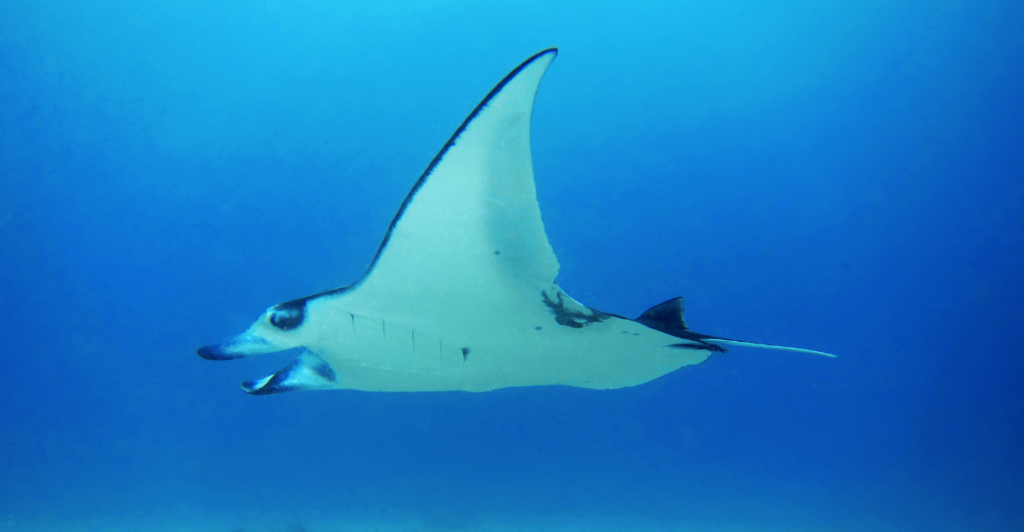
The Greenland shark is one of the largest and longest-living fish, growing up to 24 feet long and reaching ages of over 400 years. These slow-moving behemoths inhabit the icy waters of the northern Atlantic Ocean and Arctic Sea. Greenland sharks are seldom sighted as they typically live within deep waters. At times, however, scientists and deep-sea explorers manage to capture images of these enigmatic creatures around Greenland as well as Iceland.
8. Giant Oceanic Manta Ray (Mobula alfredi)

Related closely to the manta ray, the giant oceanic manta ray has a wingspan that can reach up to 29 ft. They are found in tropical and subtropical waters, often near cleaning stations on coral reefs. In Maldives, Mozambique, and Galápagos Islands there are plenty of encounters with these mantas. The divers love them because they do acrobatics while being very inquisitive about everything around them. Conservation efforts aim to protect this vulnerable species from threats like bycatch and pollution.
9. Sawfish (Pristidae)
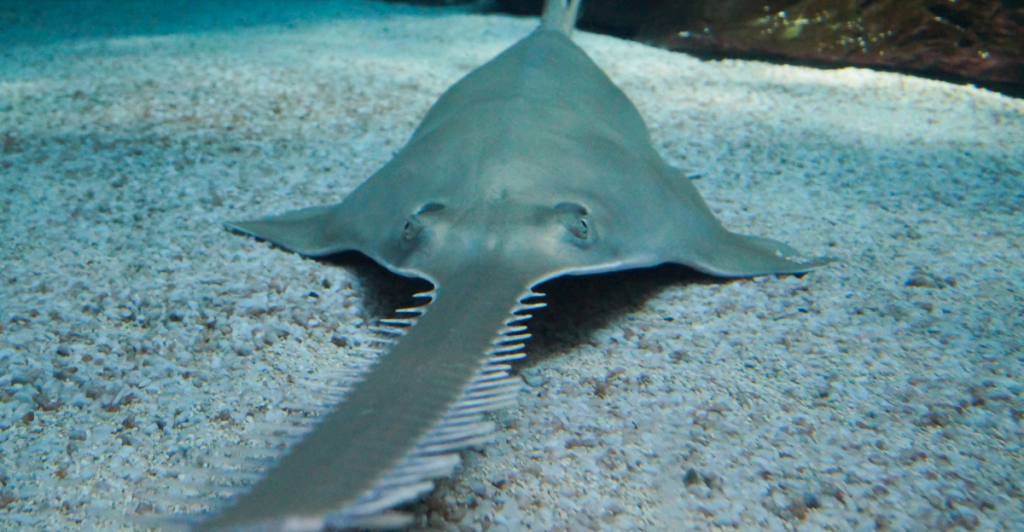
With their long, saw-shaped snouts, sawfishes can grow up to 23 feet in length. These distinct rays live in tropical and subtropical regions including coastal waters and estuaries. They are mainly found in Australia, Florida, and some parts of Southeast Asia. The fact that sawfishes are critically endangered due to habitat loss and overfishing makes seeing them a very rare event. Conservation programs are constantly working to protect their populations and habitats.
10. Beluga Sturgeon (Huso huso)
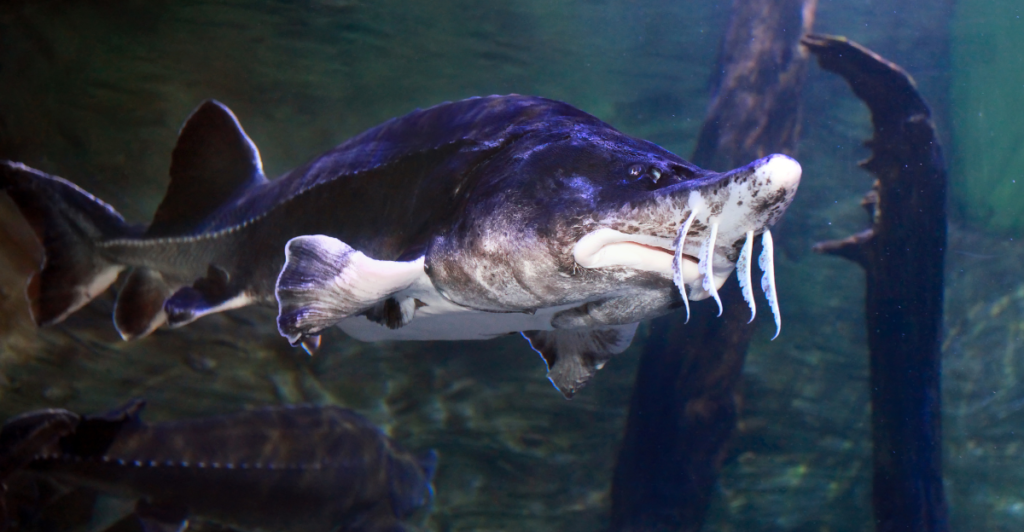
Beluga sturgeons are giant freshwater dwellers that can reach up to 20 feet long and weigh more than 3,000 pounds. These ancient fish produce valuable caviar which is well-known among the people who know about fish species inhabiting the Caspian and Black Seas. Conservation challenges, including overfishing and habitat destruction, have drastically reduced their populations. However, managed breeding programs and protected areas offer hope for the future of this iconic species.
11. Atlantic Bluefin Tuna (Thunnus thynnus)
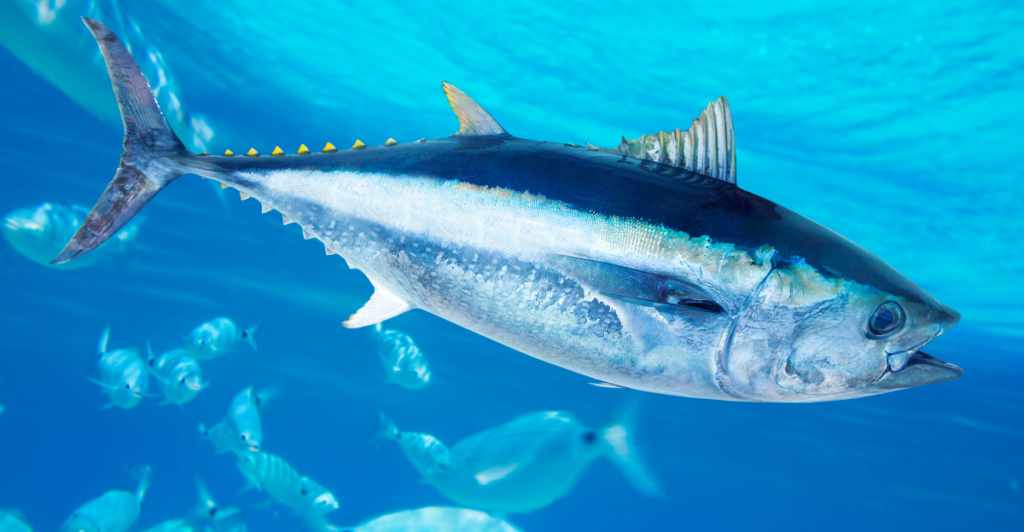
The Atlantic bluefin tuna is one of the largest and fastest fish in the ocean, reaching lengths of up to 13 feet and weights exceeding 1,500 pounds. Known for their sleek, torpedo-shaped bodies, these fish are prized by commercial fisheries for their high-quality meat. They inhabit both sides of the Atlantic Ocean, with hotspots including the Mediterranean Sea, the Gulf of Mexico, and the waters off Nova Scotia. Due to overfishing, they are now considered endangered, and strict conservation measures are in place to protect their populations.
12. Giant Catfish (Pangasianodon gigas)
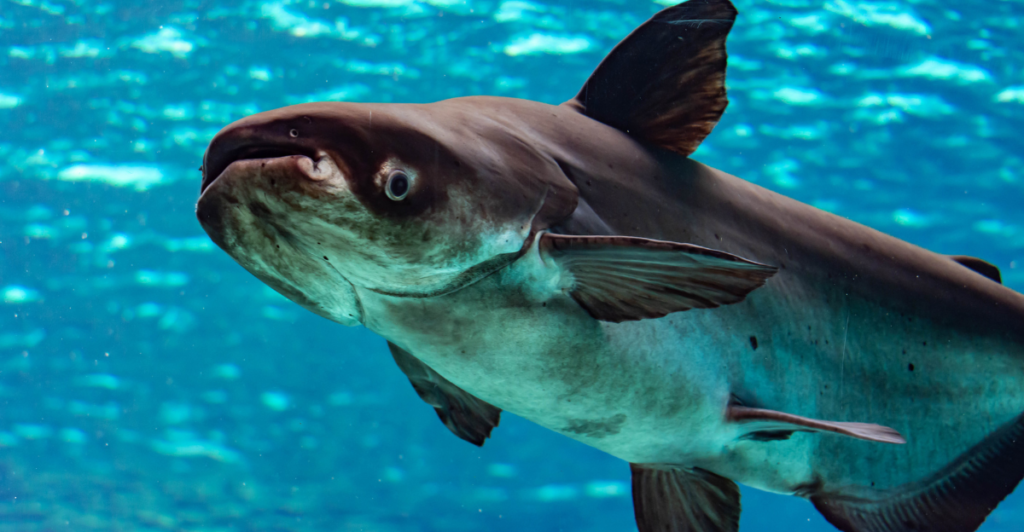
The Mekong giant catfish is one of the biggest freshwater fish and grows to almost 10 feet in length with a weight of up to 600 pounds. It lives in the Mekong River of Southeast Asia. In the area, the fish are critically important to the indigenous community. Some fishing tours within Cambodia and Thailand may allow catch-and-release experiences which will provide opportunities to see these giants of fresh water. Conservationists are working to protect their habitats and ensure their survival.
The Majesty of the Deep
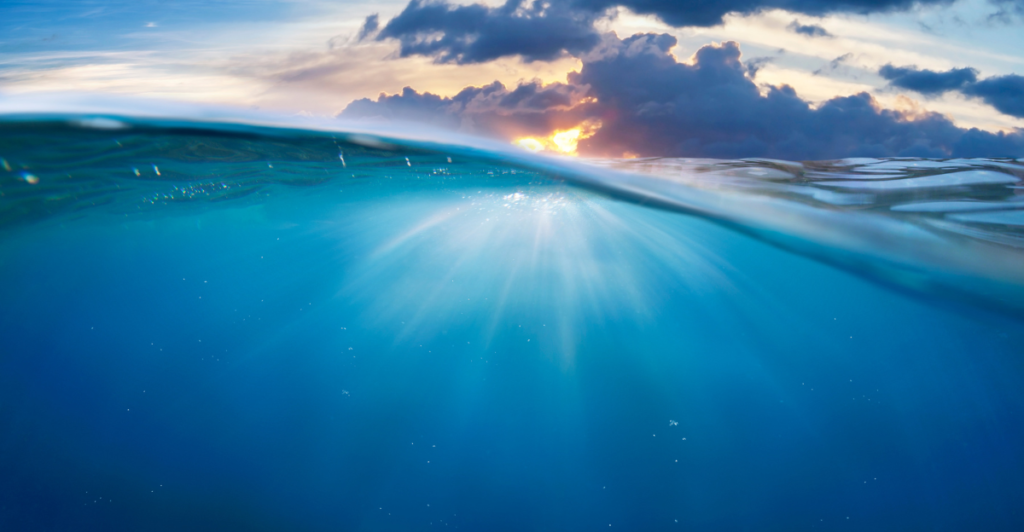
From the mighty whale shark to the enigmatic Greenland shark, the biggest fish in the world remind us about the sheer size and diversity of the sea. These organisms not only capture our fancy but also underscore why preserving marine environments is crucial. Whether you’re a diver, snorkeler, or nature enthusiast, seeking out these aquatic giants can be a thrilling and humbling experience.
References:
What is the biggest fish in the ocean?
17 Biggest Fish Ever Caught: Meet the Giants!
15 of the Largest Fish in Oceans, Lakes and Rivers
The 10 Largest Fish Species Living Today
Essential Fish Habitat – Data Inventory
Stay connected with us for more stories like this! Follow us to get the latest updates or hit the Follow button at the top of this article, and let us know what you think by leaving your feedback below. We’d love to hear from you!







